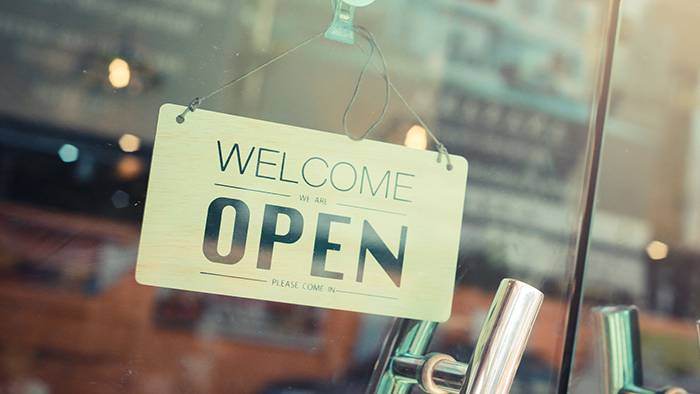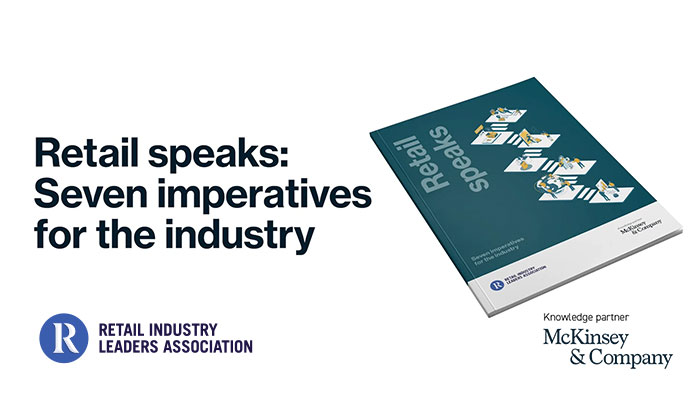Is your space ready for relaxed emergency mandates?
Environmental health considerations for the commercial space
- By [ Sean McCrady , Elliott Horner , Mike Carpenter ]
- 05/07/2020
It’s been almost nine weeks since the Centers for Disease Control (CDC) announced the first U.S. COVID-19 case of unknown origin on February 28. While subsequent reports dispute the CDC’s original timeline, the fallout from COVID-19, the disease caused by a virus called SARS-CoV-2, is indisputable.
While not every state or region has seen a large number of COVID-19 cases, the crisis has greatly affected us all due to the closure of numerous businesses around the country. However, with the planned relaxing of emergency mandates in some areas, it’s time for businesses to review their plans to safely unshutter office and retail spaces.
To help with this transition, you may want to review environmental health and safety considerations information compiled from a recent UL webinar that provided guidance on pandemic cleaning practices and building operations for the commercial space.

Relative humidity
One factor that doesn't get quite as much airplay as other infectious control measures is the relationship between low relative humidity and the transmissibility of respiratory illnesses. When we breathe, talk, cough or sneeze we release tiny water droplets. Under normal circumstances, these droplets are not a threat, however when a person has a respiratory infection, contagious microscopic droplets can infect other people.Managing the relative humidity of the air in a building can help reduce the amplification of airborne microbes. In atmospheres below 30 - 40% relative humidity, expelled droplets rapidly evaporate and remain airborne longer, while in atmospheres above 40% relative humidity, water droplets not only fall faster but the dissolved salts create a hostile environment for the suspended microbes, decreasing their infectious nature.
Maintaining relative humidity in the 40% to 60% range also reduces stress on a person’s mucus membranes, potentially reducing a person’s susceptibility to airborne infection. Set your building’s relative humidity to fall within the range of 40% - 60% or as close to that range as possible given system capabilities and other factors.
Janitorial practices
The Occupational Safety and Health Administration (OSHA), ASTM and other organizations, such as the International Sanitation Supply Association, have prescribed methods for cleaning standards in commercial buildings. Similar to risk assessment defense conditions, a level one indicates the need for a standard cleaning, level two is a contagious pathogen protocol and level three is reserved for lethal agents.If more than seven days have passed since a person used a building, you should perform routine cleaning and disinfection before re-opening. However, if it’s been less than seven days since a person visited the building, the Centers for Disease Control (CDC) recommends a basic cleaning with ordinary detergents and water first, then a second disinfecting cleaning with an Environmental Protection Agency (EPA) registered product, paying special attention to high touch areas such as door handles, keyboards, light switches and so forth.
Review standard operating procedures
To prepare for the relaxing of shelter at home mandates, you're going to have to be the expert when it comes to your buildings. Now is a good time to review your standard operating procedures (SOP) to better prepare for reopening. First, ask yourself if your SOPs align with current cleaning and disinfection guidelines. Next, review your business’s employee job descriptions to evaluate what your employees do on a daily basis. Then review all past job hazard analyses and update to identify any new hazards. Finally, put together an educational campaign to communicate to stakeholders the revised processes and procedures.Keeping everybody in your building healthy and safe is a top priority for everyone. By managing the things that you can control now, you’ll experience a more positive reopening whenever mandates are lifted in your location.
Need help developing a comprehensive pandemic response plans for your building? Learn more about UL’s Pandemic Response Advisory Services for buildings.
Tags
-
Sustainability & Environment

